Spiced pickled quinces are a delicious way to preserve in season quinces in brine using apple cider vinegar, coconut lsugar and spices including cinnamon, star anise, coriander and indigenous Australian spice strawberry gum. The spiced pickled quinces have a delicious sweet-sour warm spice flavour from the spiced brine. Spiced pickled quinces are yummy with aged cheddar or a Manchego – think quince paste but with delicious tart tang from the brine and warmth and sweetness from the spices. If you like the taste of quince paste but do not wish to invest the labour – it can take up to 3 hours to cook the quinces and 4 hours to chill into a Membrillo or quince paste – spiced pickled quinces are a lot less labour intensive and afford a delicious quince and spice flavour for use as a condiment or cocktail ingredient. Spiced pickled quinces require only an hour to make (including sterilising your jars and heat treating your pickle) although the pickles are best aged for 4 weeks to acquire their complex flavour. Spiced pickled quinces are then ready for use as a condiment or cocktail ingredient to add quince flavour and delicious spice.
Quince styling and photography
Quinces are a very interesting fruit being covered in a grey downy fur and an amazing yellow-green colour that intensifies to deeper yellow as they ripen. They are also very easily bruised so even slight bumps will produces indentations, cuts and discolouration. Quinces oxidise, turning brown quickly after being cut open. Lemon juice can be applied to prevent this process. They turn an amazing deep red once cooked or softened and pickled. The architecture of a quince is truly beautiful full of curves and gorgeous crevices. The grey downy fur and easily marked fruit along with the uneven curvaceous profile raise questions about how we style and photograph fruit: should the fruit look perfect or is it interesting and beautiful to explore the imperfections? I’ve chosen in these still life photographs of quinces to include the grey downy fur and bruises and curves and embrace the imperfect-perfect wabi sabi of quinces. The styling of the spiced pickled quinces was more about the play of light on the brine close-up and the shape of the inverted comma like quince pieces.
Quince flavour pairing
Quinces have a floral and fruity flavour profile with a lot of the flavour contained in the skin of the fruit, so pickling the whole fruit is a great way to preserve this amazing flavour to enjoy in later seasons. The spice blend I have created includes coriander, cinnamon, star anise, and strawberry gum. Coriander is a spice that Jerry Thomas (1862) in his Bar-tender’s Guide pairs with quince in his quince liqueur and it does have a zesty fresh quality that works well with the floral and fruit flavour of quince. I have included cinnamon and star anise for warmth and sweetness. Australian indigenous strawberry gum has a sweet, floral fresh strawberry like flavour that also complements the fresh and floral flavour of quince. The apple cider vinegar is tart but has its own sweetness that in enhanced by coconnut sugar. The resulting pickle brine is sweet-sour, complex and warm with spices and the flavour of the quinces. For more information on the flavour profile of quinces and how to pair them with different spices see my post on Vintage quince cordial where I provide two other bespoke spice blends with close reference to vintage recipes and Niki Segnit’s (2010) The Flavour thesaurus.
How to make spiced pickled quinces
Inspiration – This recipe for spiced pickled quinces is inspired by a Cornersmith recipe for pickled pears appearing in Salads & pickles (Elliott-Howery & Spindler 2017: 200) in which a note advises the same method can be used to pickle quinces. Having read this note I was inspired to try out pickling some in season Autumn into Winter quinces. The practice of pickling quinces is an old fashioned one – I found that Hannah Wolley (1672) has a very simple recipe for pickled quinces in her Queen-like closet where the quinces are preserved with ‘ale’ or ‘white wine lees’, a by-product from wine making containing yeast.
Method for pickling whole quartered hard pears & quinces – The Cornersmith (Elliott-Howery & Spindler 2017: 200) method for pickling quinces in Salads & pickles is the same as that used to pickle hard pears in so far as a spiced brine is made with apple cider vinegar, sugar and spices and heated, the washed and quartered fruit are then submerged in the sweet-sour spiced brine and simmered until they have slightly softened and in the case of quinces begun to change colour from white to deep red. This took about 10-15 minutes.
Whole fruit – The pears are pickled whole with the core – I did however core these quinces – as only the cores (not the fruit) were not good. You can leave the cores in and pickle the whole fruit, core, skin, fruit and all. Pickling the whole fruit with the core and the skin has the advantage of intensified flavour developing as a large part of the flavour is contained in the skins of quinces. Pickling the whole fruit also means that waste is reduced.
Avoiding oxidation – Maggie Beer (2015) in her recipe for Pickled quinces in Delicious likes to apply a little lemon juice to prevent oxidation before pickling. I did not use lemon juice, although you can do this if you prefer to – the quinces were very quickly straight into the brine for softening, so I felt the lemon juice was not necessary.
Shorter cooking time – Maggie Beer (2015) in Delicious cooks her quinces in brine for 1-2 hours prior to bottling. The Cornersmith (Elliott-Howery & Spindler 2017: 200) method as appearing in Salads & pickles differs from this in that the quinces are partially cooked – only softened until they begin to start changing colour from white to deep red – prior to bottling thus considerably reducing the amount of time to make the recipe. The softened quinces are packed with the remaining hard spices into sterilised jars, the hot brine poured over, the jars sealed and then heat treated in a hot water bath.
Extended shelf life due to heat processing – The process of heat treating gives the pickles a longer shelf life of up to 2-3 years. Cornersmith in Salads & pickles (Elliott-Howery & Spindler 2017: 200) advise that the flavours for the pickled pears after 4 weeks, while Beer (2015) in Delicious advises that the colour will become a deeper red with time.
Tips for making spiced pickled quines
Organic quinces to use the flavourful skin – Chose organic quinces as the skin is where a large amount of the flavour is found and the fruit are pickled with the skin on – a good quality organic quince is thus important to avoid any additives.
Hot jar grips – Hot jar grips make heat treating pickles in a hot water bath easier and safer as they allow you to securely pick up the hot jars out of the hot water without burning yourself. They are not essential, but they make this such an easier and safer practice I really recommend them if you are pickling a few different fruits or vegetables and heat processing them. The alternative is to reduce the water level before taking out the jars by using a ladle to remove some of the water to below the rims of the jars so that at least a good 2-3cm is exposed. Then use a clean tea towel to grip the jars and carefully place them onto a chopping block to cool down.
How to use spiced pickled quinces as a condiment and cocktail ingredient
Condiment – Spiced pickled quinces are delicious as a condiment served with cheeses such as a crumbly aged cheddar or a Manchego where they offer a new spin on traditional quince paste with a punch of quince flavour and complex spice from the brine. Spiced pickled quinces offer an alternative to Membrillo or quince paste with three distinct advantages. Firstly, spiced pickled quinces have the advantage of being a lot less labour intensive to make especially if using the Cornersmith method outlined in this post where the quinces are pickled whole and partially cooked to soften in the brine prior to bottling, heat treated and then aged in a cool dark place to develop complex flavours. Secondly, whole quinces including the skin in particular as it contains intense flavours, prepared by pickling offer intensified flavours both from the quinces themselves and from the spices, vinegar and sugar they have been paired with to create a delicious and complex flavour experience. Thirdly, there is less waste when pickling whole fruit as the cores and the skins can be included in the pickle rather than discarded.
Cocktail ingredient – Spiced pickled quinces are also delicious as a cocktail ingredient and the brine can be used to add quince and spice flavours to cocktails, especially useful as a souring and flavouring agent. I am working on a quince brandy sour cocktail.
Seasonal quince flavour pairing experiment
Pickling quinces offers a seasonal flavour pairing experiment to enhance the beautiful flavour of in season fresh quinces and preserve this with apple cider vinegar flavoured with coconut sugar and spices including coriander, cinnamon, star anise and strawberry gum. Spiced pickled quinces offer a delicious condiment with cheeses or a wonderful cocktail ingredient acting as a souring agent and flavour intensifier. Pickling whole quinces, especially including the skin adds intensified flavour, while pairing with spices, sugar and vinegar allows for depth and complexity to develop during aging of the pickle. Whole pickled quinces also offer a more sustainable choice for cooking and preserving quinces which uses the whole fruit including the very flavourful skin and where possible the cores.
~Disclaimer~ This post contains affiliate links. As an Amazon Associate I earn from qualifying purchases.
Spiced pickled quinces: cinnamon, star anise, coriander, strawberry gum
Print RecipeIngredients
- 500gms quinces
- 250mls apple cider vinegar
- 125mls water
- 150gms coconut sugar
- 1 teaspoon coriander seeds
- 1 teaspoon strawberry gum
- 3 star anise
- 3 cinnamon sticks
Instructions
Prepare your jars by sterilising them – see Resources
Combine vinegar, sugar, water, coriander, and strawberry gum in a saucepan and heat over medium heat, stirring to dissolve the sugar, set aside
Prepare the quinces by gently rubbing to remove the soft downy grey fur, washing the skin well and cutting into quarters or smaller segments if the quinces are larger
Add the quince segments to the warm brine and gently reheat until the quince is softened and has begin to turn a deep red, remove from the heat
Place the sterilised jars on a cookie sheet or baking tray and pack them with the star anise and the softened quines
Use a slotted spoon to drain the hot quinces from the brine and pack them along with the hard spices into the prepared jars
Use a cinnamon stick to anchor the quince segments beneath the neck of the jar
Pour over the hot brine
Run a butter knife around the outside of the jar and gently tap on your bench to remove any air bubbles
Wipe the rim of the jar with a clean tea towel
Seal with the sterilised lids
Heat treat for 15 minutes in a hot water bath – see Resources
Remove from the hot water bath with hot jar grips or reduce the water by ladling out until you can safely grip the jars one at a time with a clean tea towel
Allow to cool down on a chopping block
Store in a cool dark place for 4 weeks to allow complex flavours to develop
Store for up to 2-3 years, after opening keep in the fridge and use within 6 months
Enjoy with cheeses or in cocktails
Notes
Recommended books




Alex Elliott-Howery & Sabine Spindler (2017). Cornersmith: Salads and Pickles: Vegetables with more taste & less wasteMurdoch Books: Crows Nest, Sydney.
Jerry Thomas (1862, 2018 reprint). The Bartender's Guide: Bon-Vivant's CompanionDick & Fitzgerald: New York, reprint by Thomas Majhen.
Hannah Wolley (1672). The Queen-like Closet or Rich Cabinet Stored with all manner of rare receipts for preserving, candying and cookery. Very pleasant and beneficial to all ingenious persons of the female sex Richard Lowndes: London.
Recommended gear


Online quince pickle recipes
Pickled quince. In Feast Magazine reproduced in SBS Food.
Pickled quinces. In ABC radio.
Maggie Beer. (2015). Pickled quinces. In Delicious.
Nigel Slater (2009). Nigel Slater’s quintessential quince. In The Guardian.
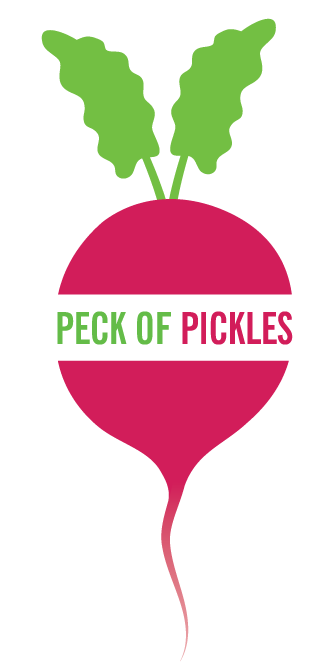
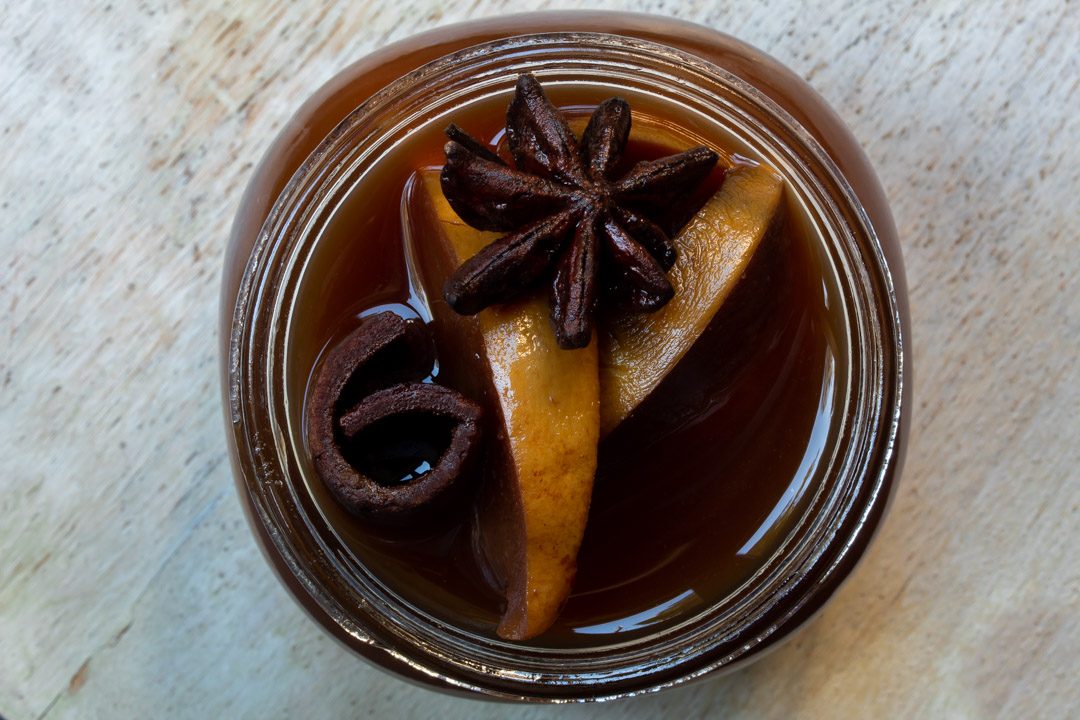
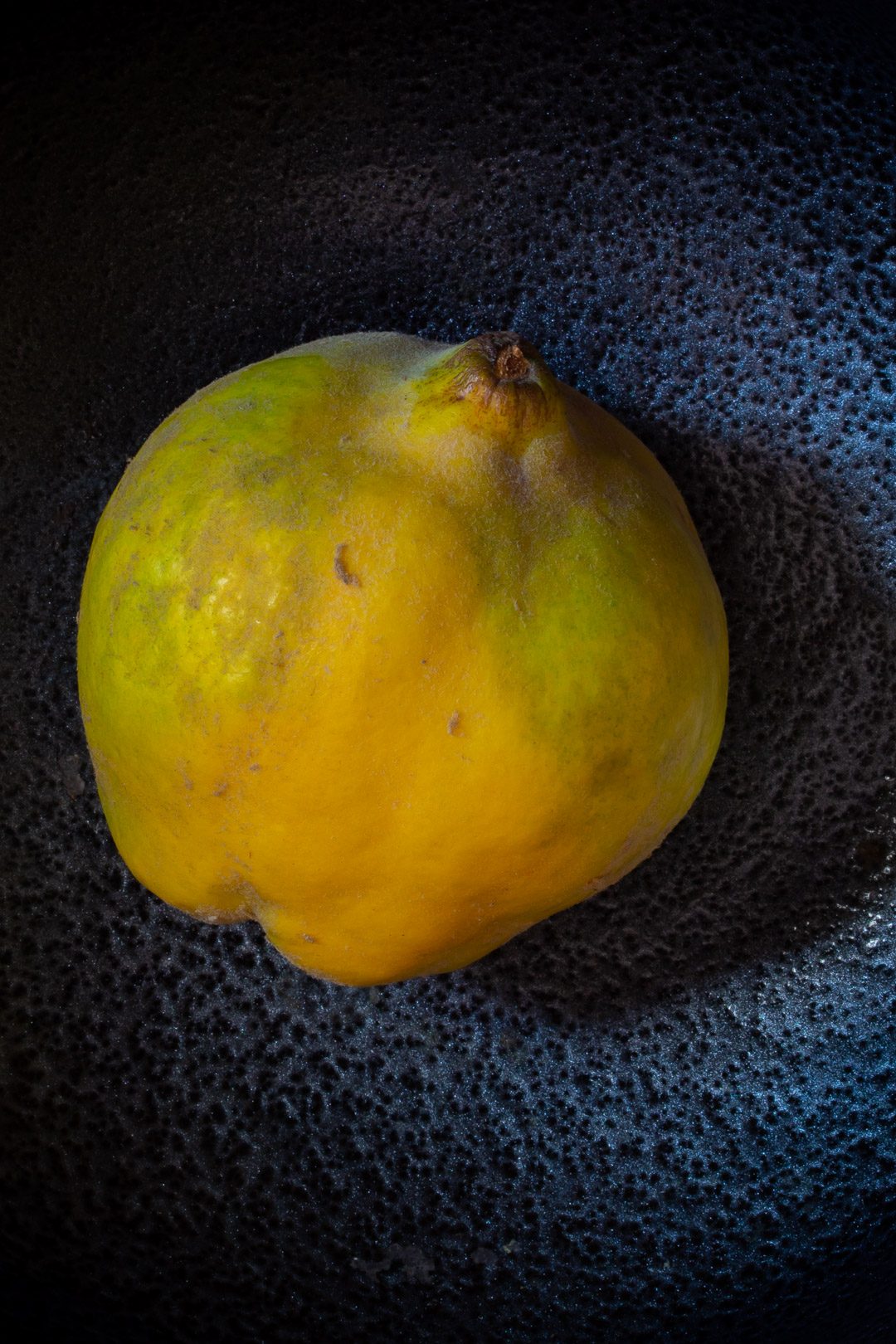
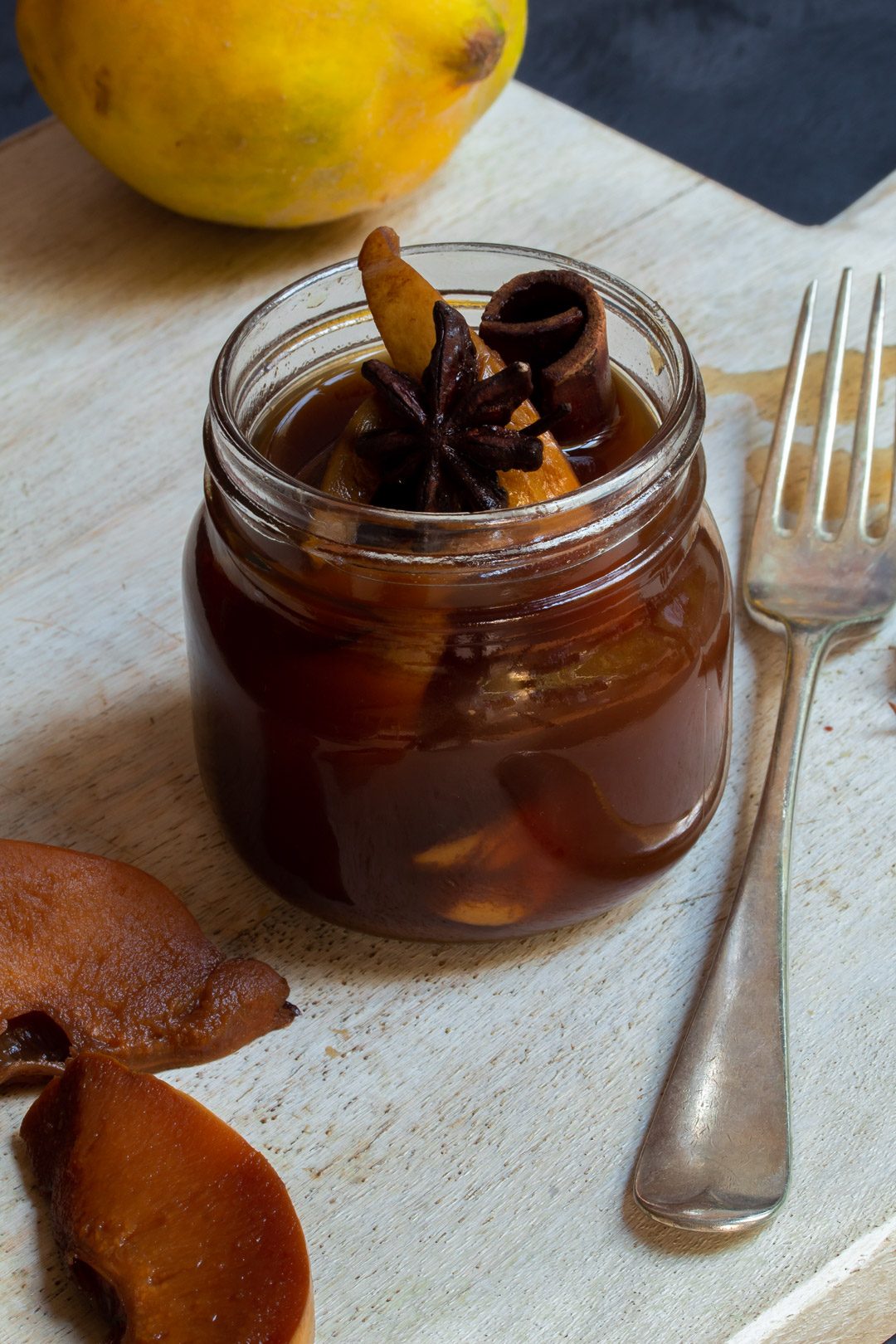
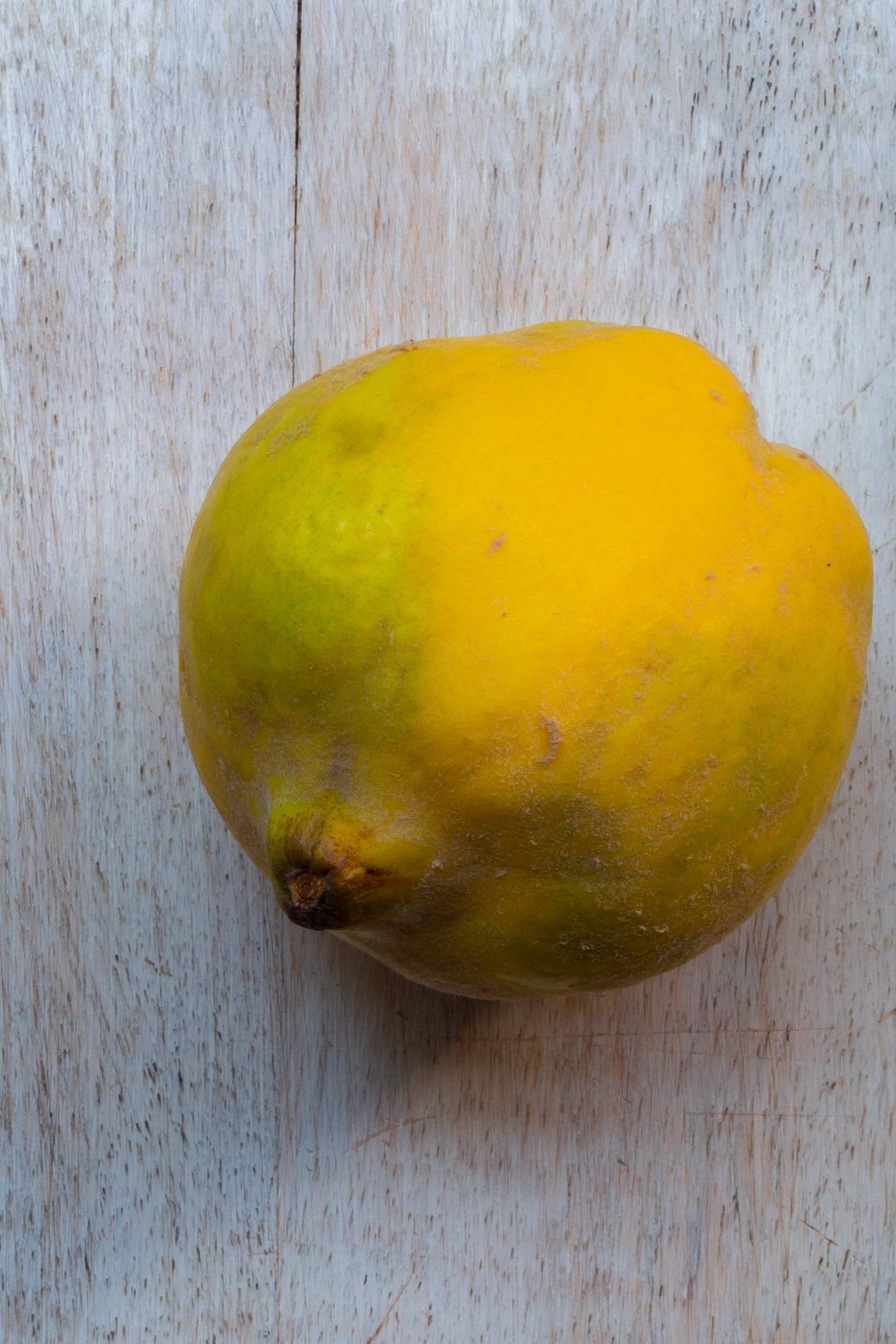
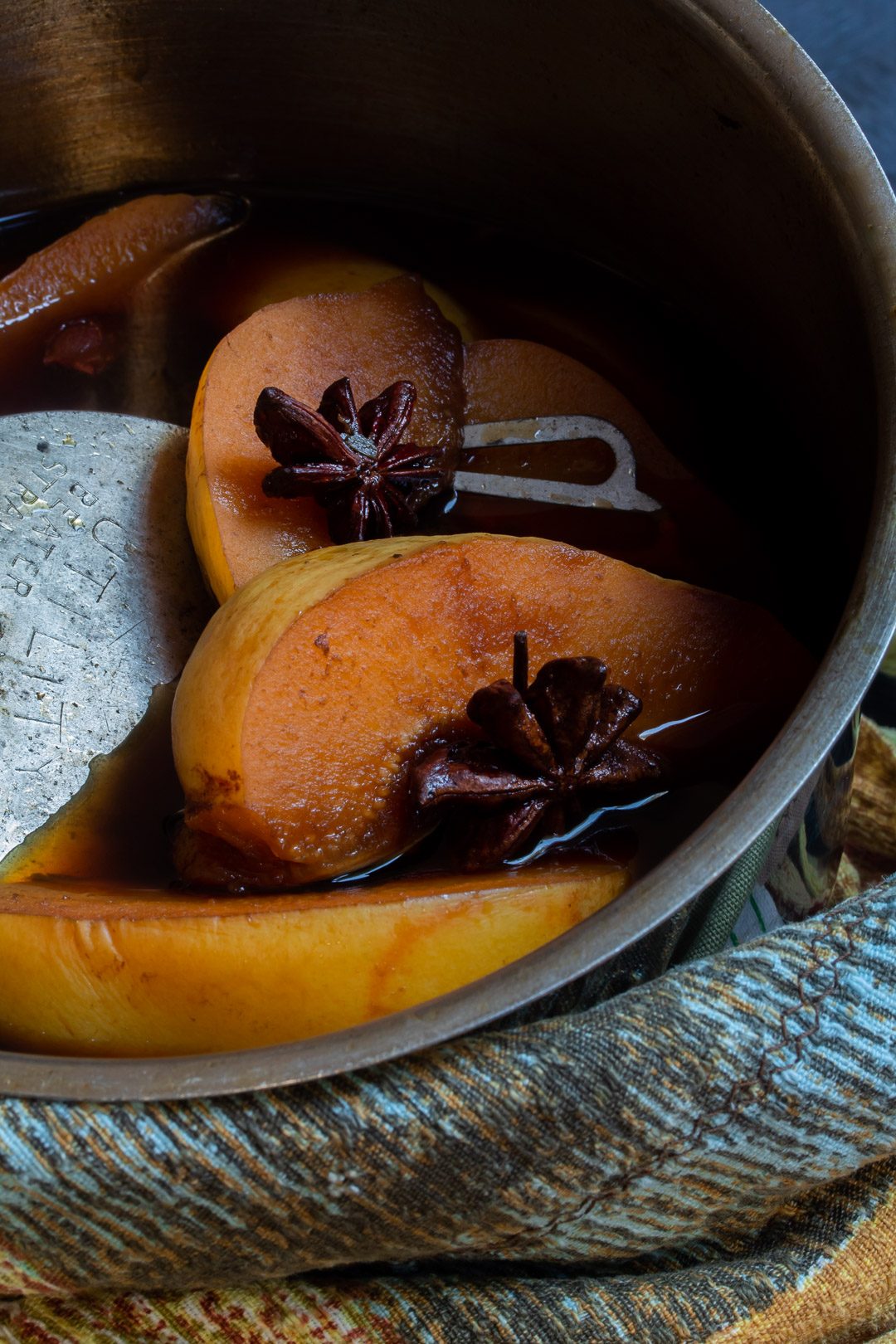
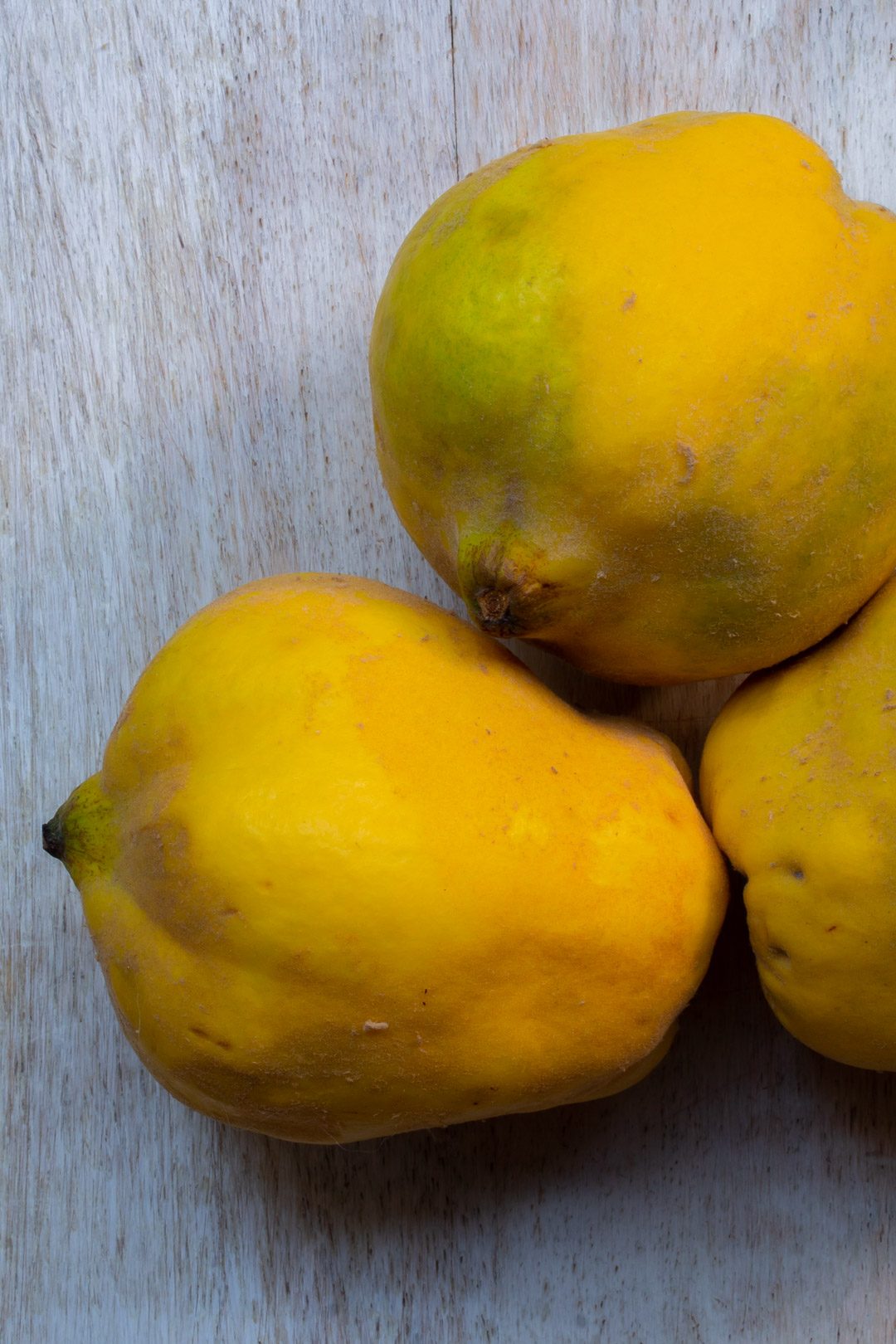
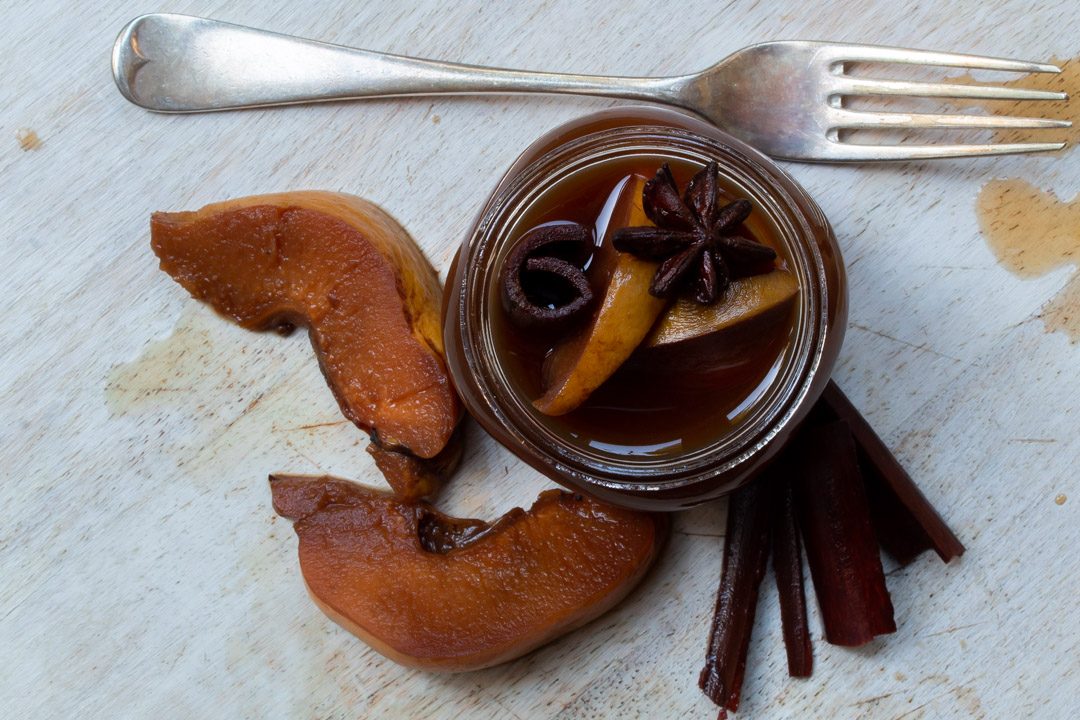
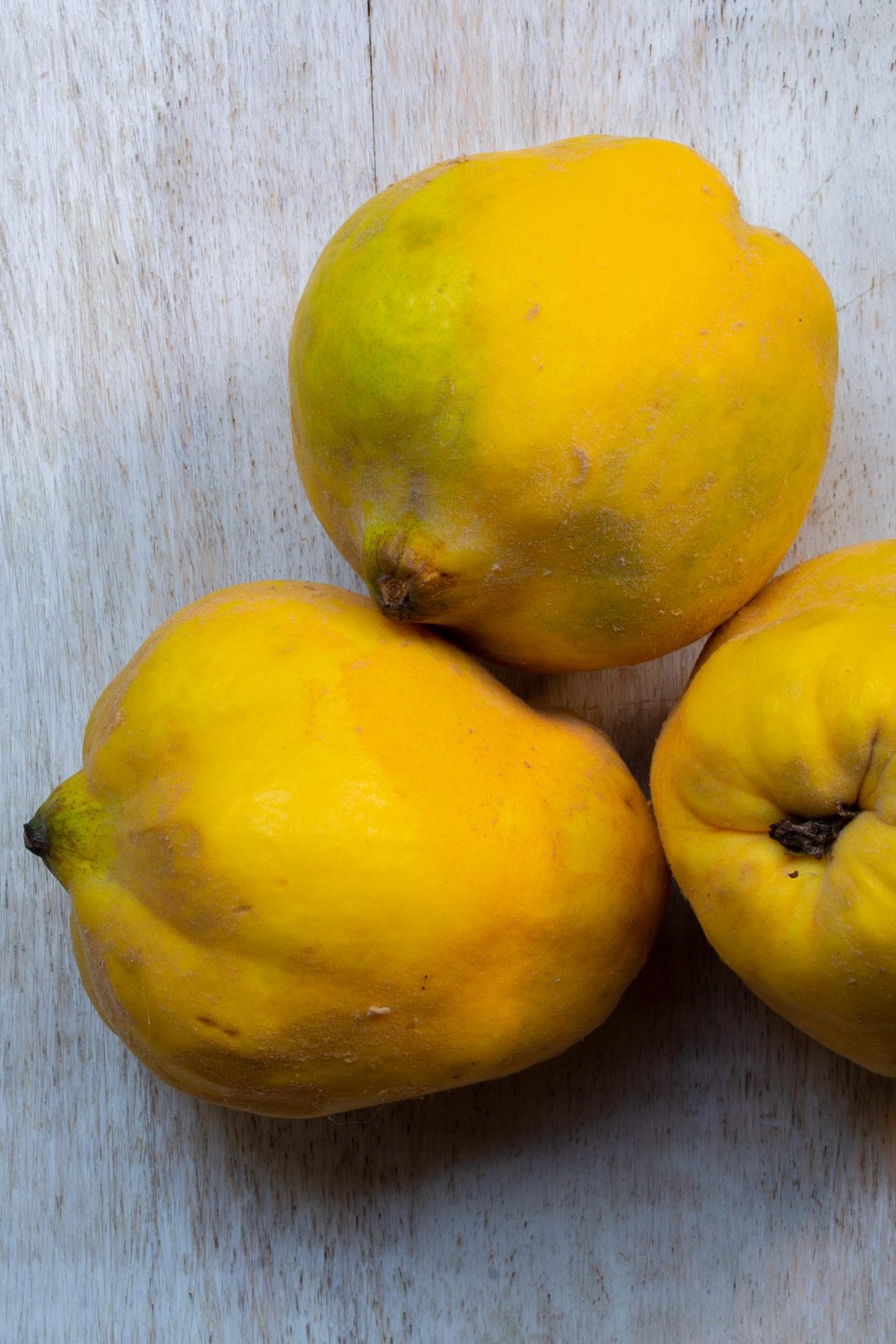
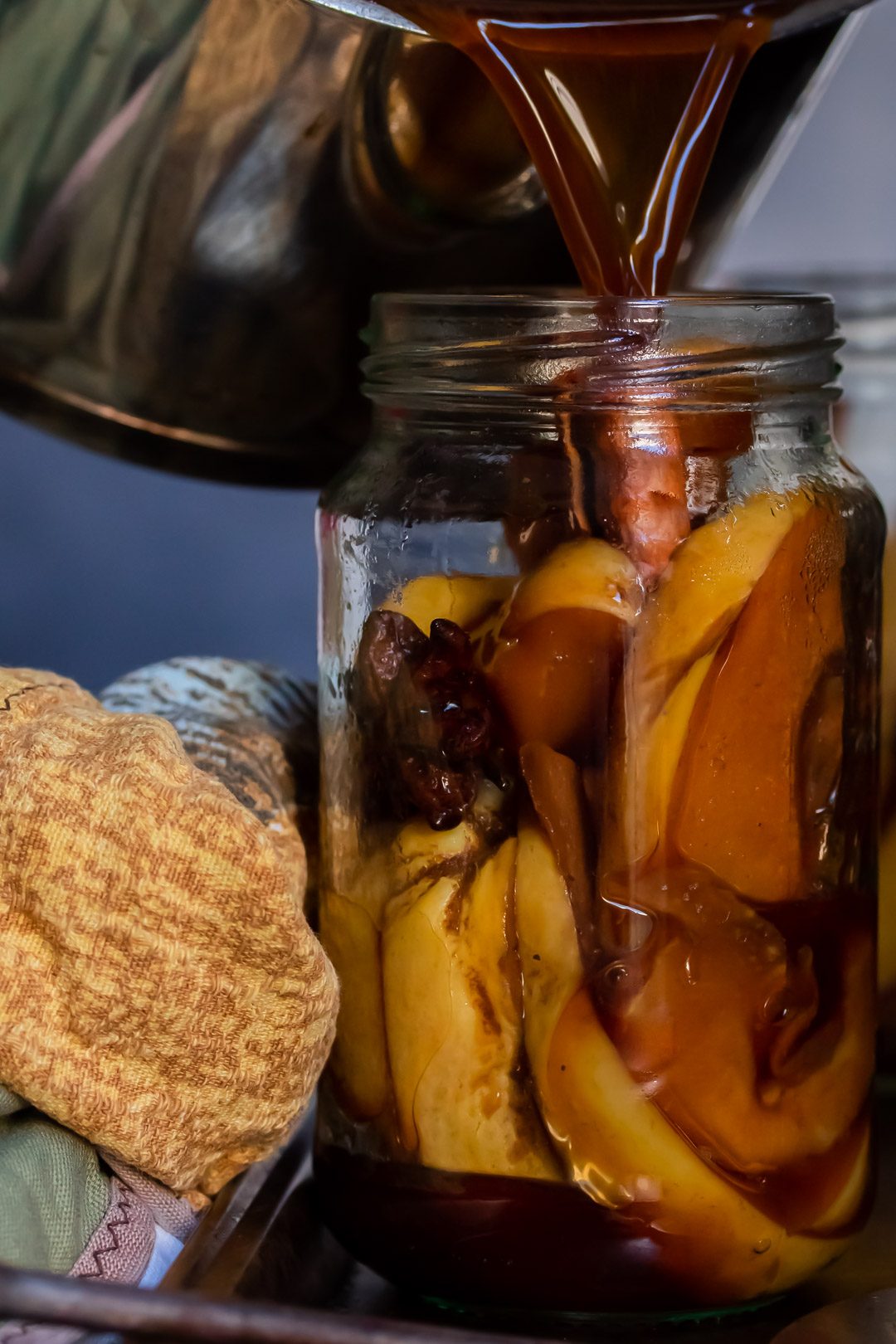
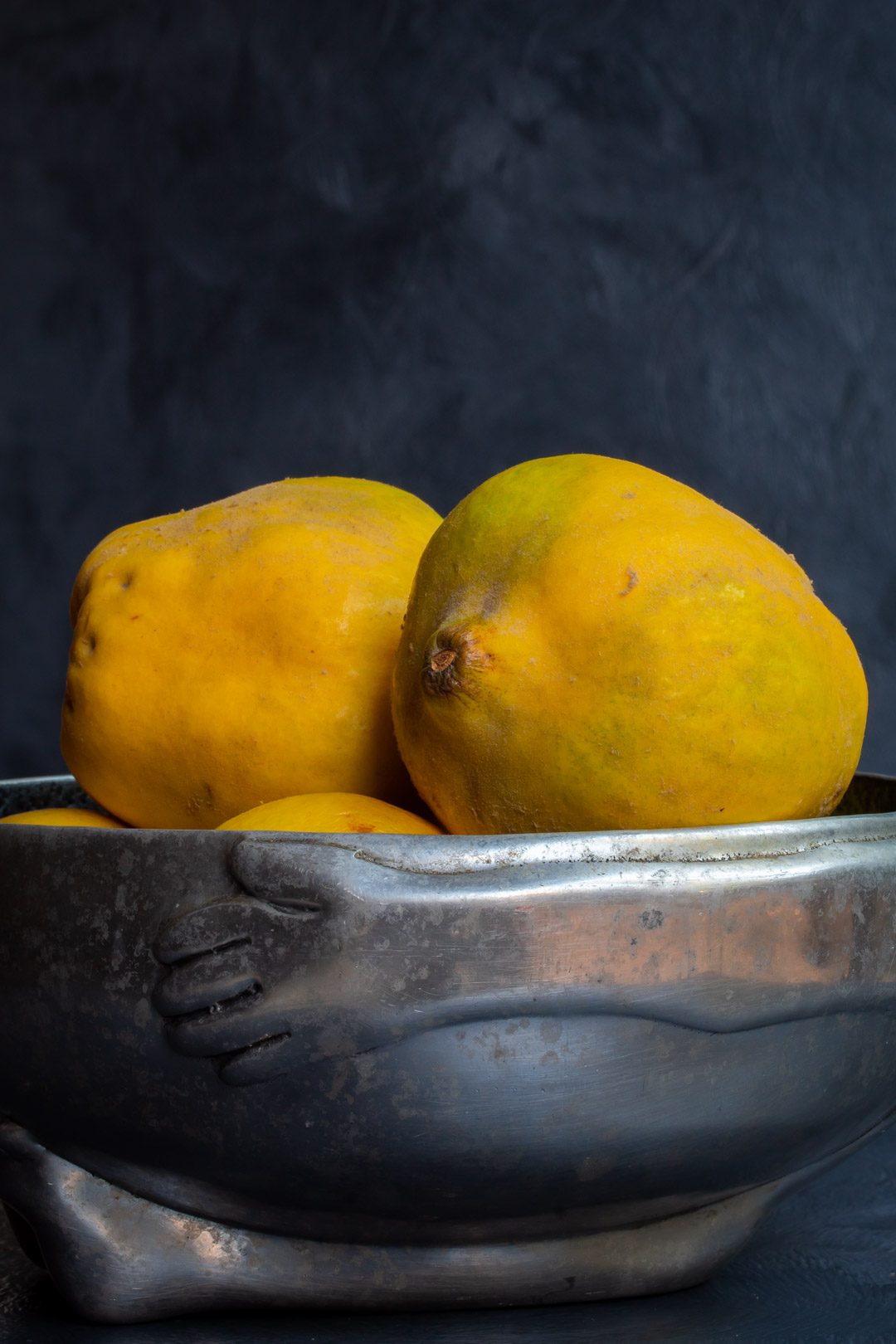
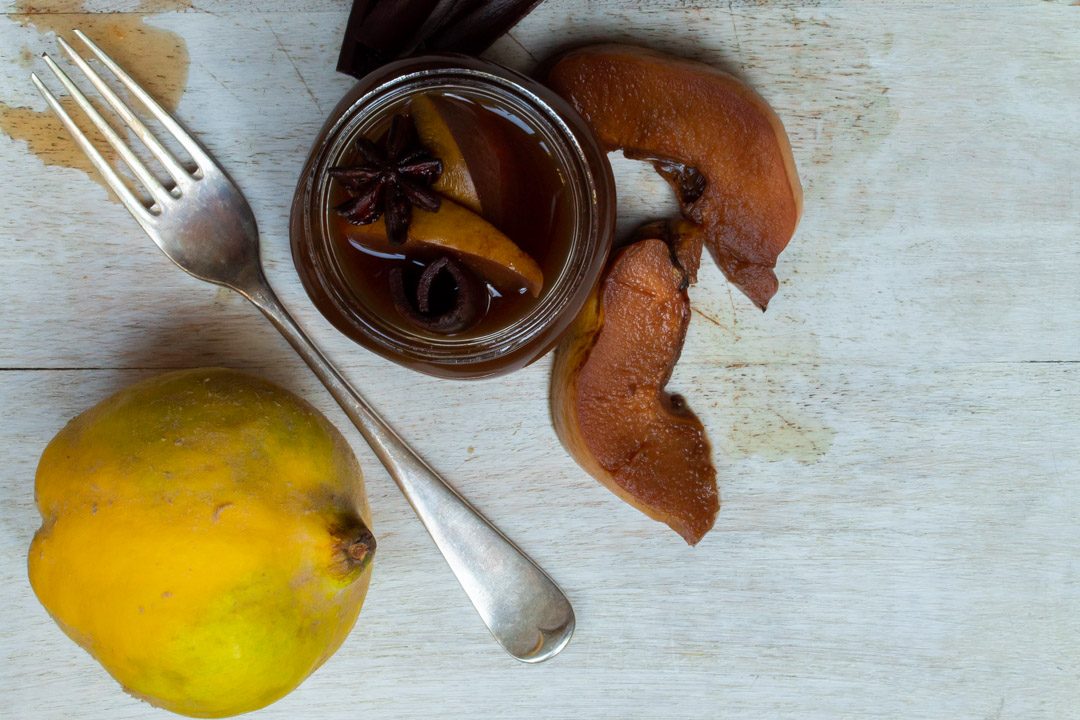
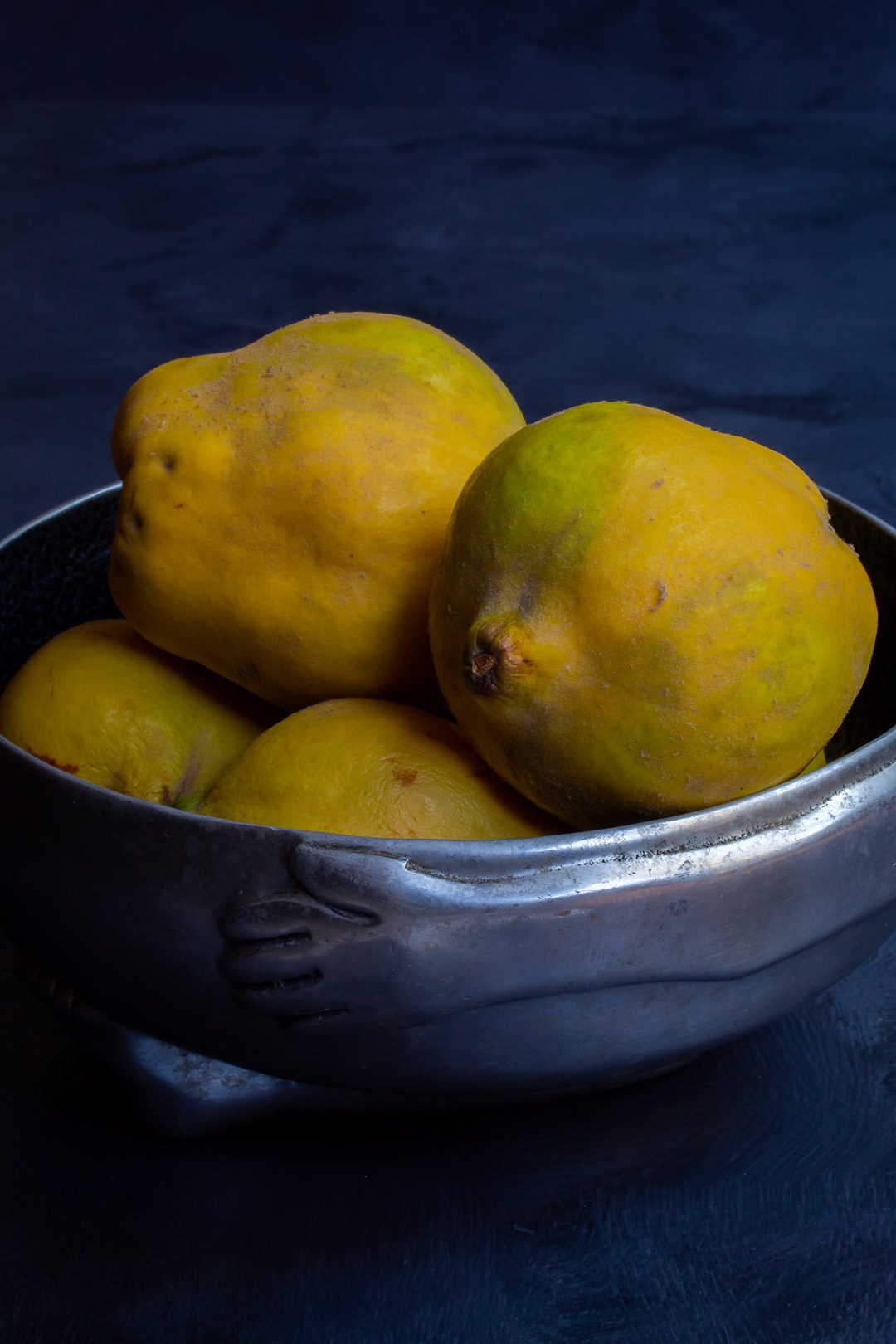
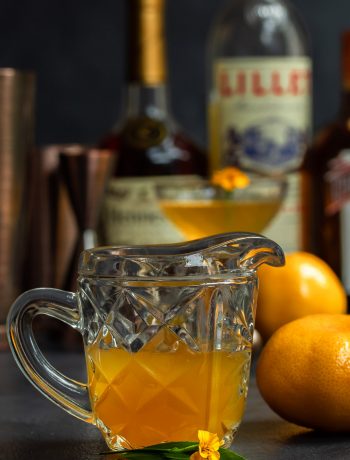
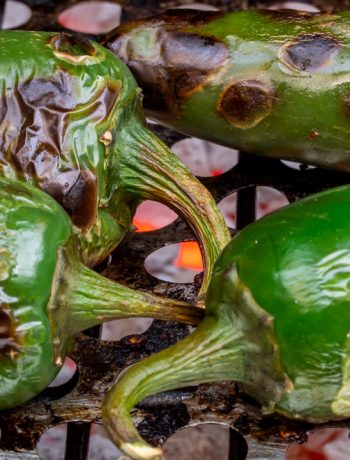
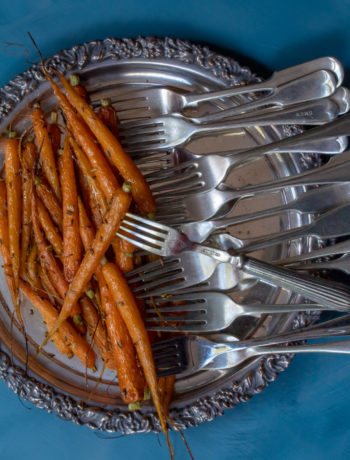
2 Comments
Esther
June 18, 2019 at 12:26 pmthanks a lot Kate for such an ineradicable idea on how to make Spiced pickled quinces
Kate Ireland
June 21, 2019 at 1:44 amThanks so much Esther that’s very kind to say.